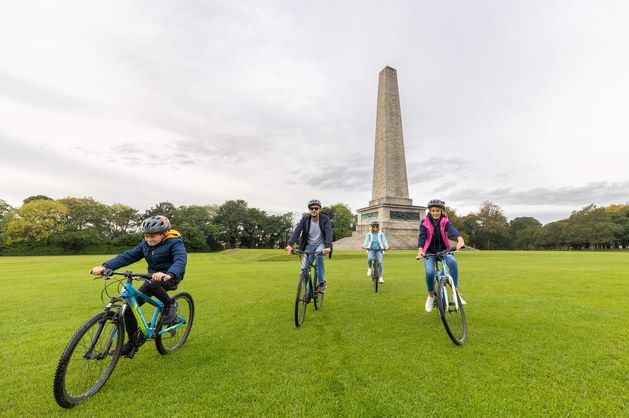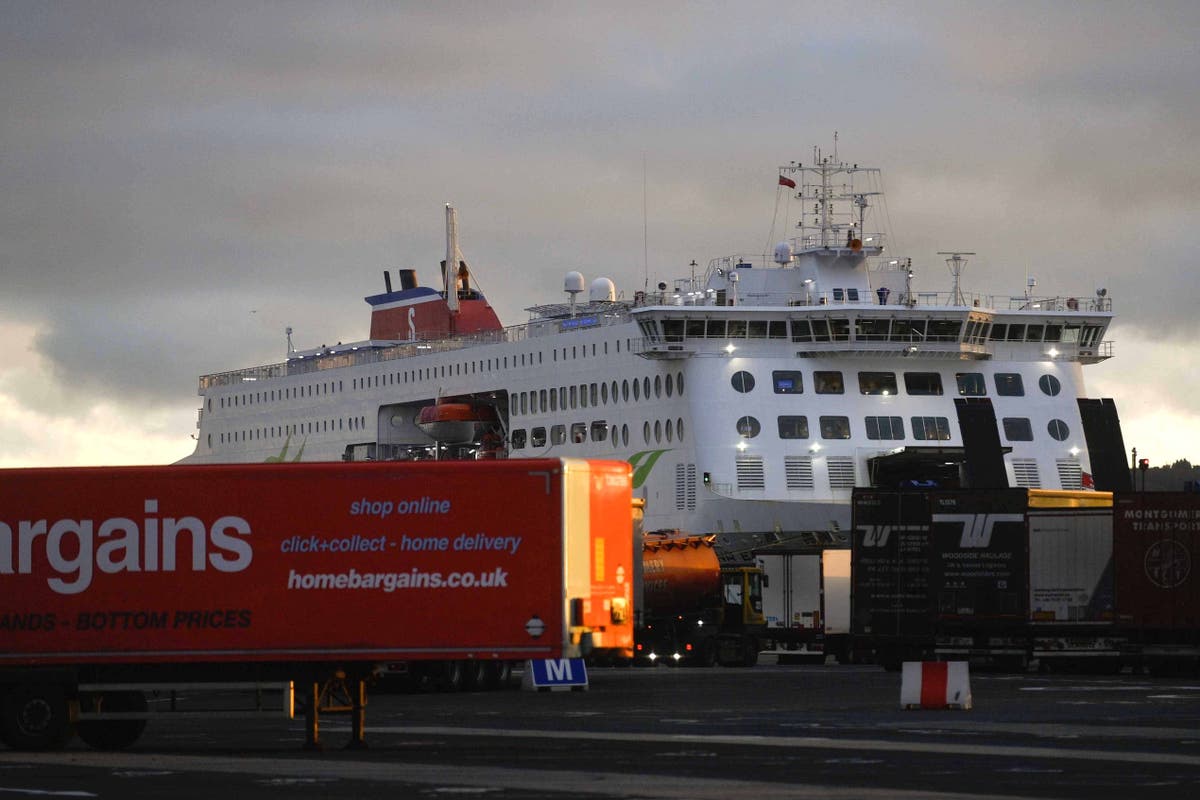Travel
Ireland’s most visited attractions revealed – from free days out to a €30 self-guided tour (with a pint)

Ireland’s visitor attractions are clawing back visitors, but the outlook is complicated, two recent surveys reveal
The iconic site recorded almost 1.5m visitors in 2023, with standard entry for a self-guided tour costing from €20 to €30, depending on the time slot booked.
The price includes a pint of Guinness, Guinness 0.0 or a soft drink.
Despite its impressive visitor numbers, however, the Home of Guinness is not named as Ireland’s most-visited attraction for 2023.
That accolade falls to Dublin’s Phoenix Park, which the survey says recorded almost two million visitors last year.
Ireland’s 10 most-visited attractions 2023*
*Source: Fáilte Ireland
Visitors enjoy the Guinness Storehouse experience. Photo: Mark Condren
While attractions within the Phoenix Park, such as Dublin Zoo and Farmleigh House, are charged, the park itself is free to enter – as are heritage sites like Ashdown Castle.
Dublin’s National Gallery and IMMA are also free to visit. The grounds of Kilkenny Castle and Castletown House are free, though tours of the properties themselves are charged.
Castletown House and its café are currently closed to visitors “due to ongoing operational issues”, according to the OPW.
Other attractions with over half-a-million visitors include Dublin Castle (622,346), St Patrick’s Cathedral (576,647) and Doneraile Park in Co Cork (570,800).
Its survey saw Fáilte Ireland quiz 512 visitor attractions about their performance in 2023. 373 (73pc) responded, it said, ranging from heritage sites to museums, galleries, zoos and gardens.
It shows visitor attractions continuing their post-Covid recovery, with visitor levels at 95pc of 2019 figures overall last year, compared to 85pc in 2022.
Around two-thirds (65pc) of the surveyed attractions had online booking in 2023, it found, but walk-ups remained the most common kind of visitor for all attraction types, at 65pc on average.
The Cliffs of Moher. Photo: Getty
The results follow another industry survey released this month by Ireland’s Association of Visitor Experiences and Attractions (AVEA).
It found that 18.1m people enjoyed an Irish visitor experience or attraction during 2023 – a figure 6pc below the 22.9m cited for 2019.
“There is no doubt that, while the pandemic is in the rear-view mirror, we are still in a period of transition,” CEO of AVEA Catherine Flanagan said.
As for 2024, current data highlights “concerning” visitor levels, AVEA said, due partly to factors like late domestic bookings, wet weather this summer and state accommodation contracts.
AVEA members employ over 6,400 people. Average ticket prices for their attractions rose just over 5pc to a median of €11.32 last year, its survey found, but it also said staff costs and insurance premiums are rising, and the average retail spend by visitors fell by 8pc.
AVEA’s CEO, Catherine Flanagan
Irish visitor attractions provide “excellent value for money”, Ms Flanagan said, but had an “extremely modest” yield.
“Our challenge, as year-round businesses that operate in a highly seasonal sector, is to increase visitor numbers year-round, and external factors are making this extremely difficult.”
Mary Stack, Head of Visitor Attractions at Fáilte Ireland, said of its survey: “Our visitor attractions play a crucial role in strengthening Ireland’s appeal as a destination and provide visitors with the opportunity to fully experience our country’s distinctive culture, heritage and history.”
Regional attractions also encourage visitors to explore further and extend their trips beyond the peak season, she said.
Fáilte Ireland’s report is available in full here.












